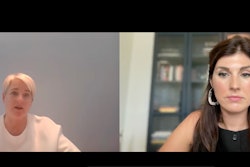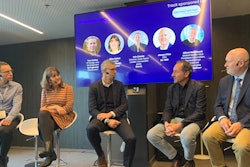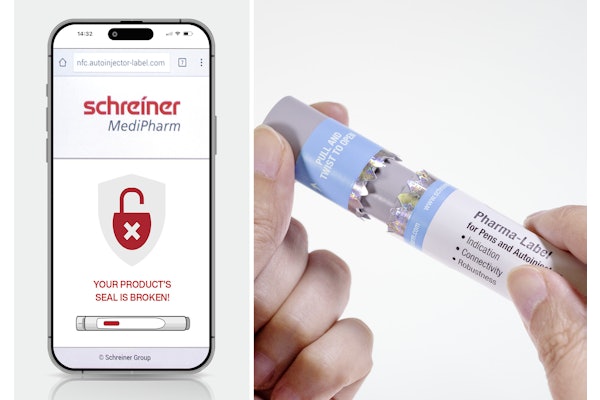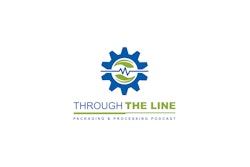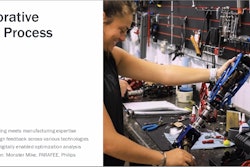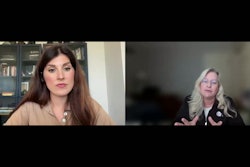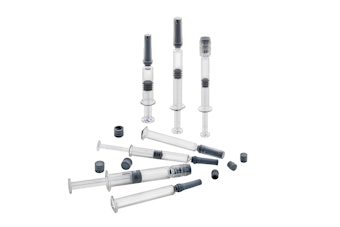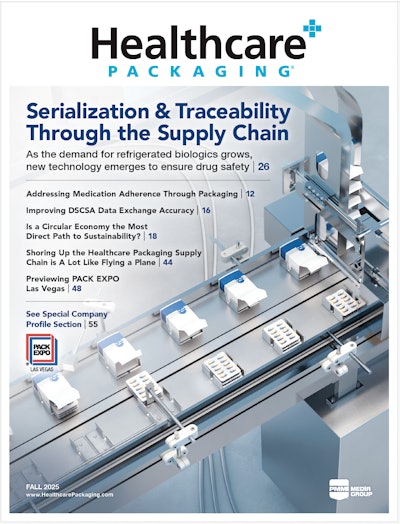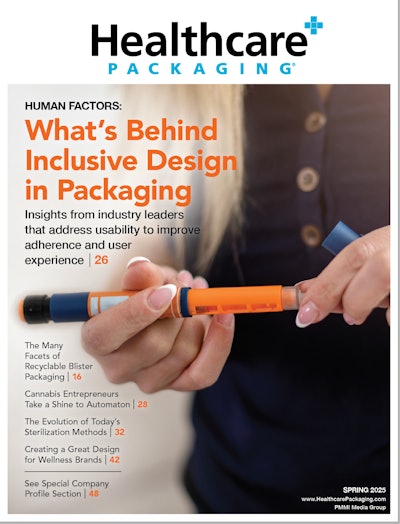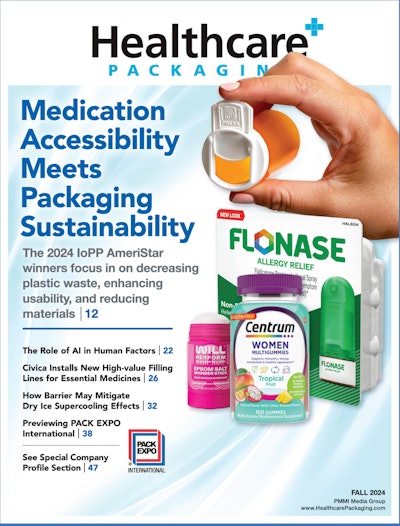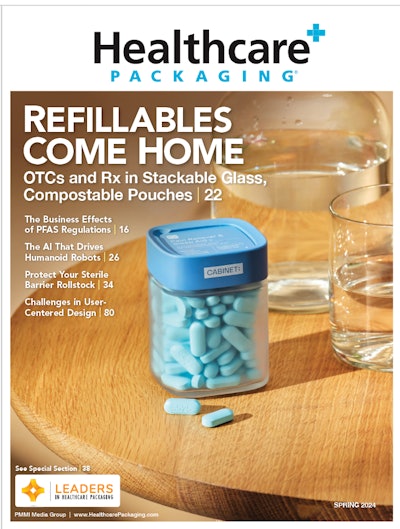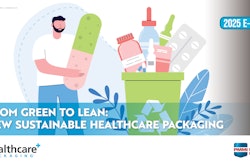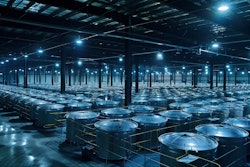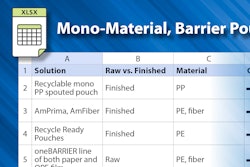Liz Cuneo: Thank you for taking the time to do this interview. Before we begin, why don't you share your full name, title, what you do at Novo?
Dorethe Nielsen: Yeah, I'm pleased to do so. My name is Dorethe Nielsen. I am heading up the unit called Corporate Environment Strategy. So we are overall responsible for the environmental footprint here at Novo Nordisk, and that includes everything on environment nature, climate, and so on, responsible for the strategy, setting the targets but also, hopefully reaching the targets.
Liz Cuneo: As we both know, sustainability and healthcare is a complicated issue. What do you see as the biggest obstacle that the industry faces?
Dorethe Nielsen: Yeah, it is a complicated issue and for many different reasons. But the one that I want to highlight is because of the supply chain. Novo Nordisk is a global company, so we have production facilities globally and we also deliver our products, our medicines, globally. So, we are in many countries. So of course you can say both in terms of production, getting all the raw materials into our production sites, but also delivering our products worldwide is complex. And that the kind of global challenge of course also comes with an environmental footprint, that is in terms of the raw material material we use, the products that we distribute to our patients. And also, you can say the the whole kind of value chain of it all, the different stakeholders that we work with. Of course all of them have also contribute to the environmental sustainability.
Liz Cuneo: In that vein of value chain and supply chain, what are some of the solutions, that you think the industry can or should adopt?
Dorethe Nielsen: There are many, but one of them I want to highlight where we have put special focus on is a circular economy. So we have a target, or our environmental sustainability strategy is called circular for zero. The zero is about having zero environmental impact in the future. And the circular part goes really for that. We believe circular economy could be one of the solutions to the issues that we have. So, if we can implement the circular economy, and, for us, circular economy is about reducing use of material. So if you use less, of course, then you, your environmental footprint is lower. It's also ensuring that the products we put on the markets are designed with circularity in mind. And then the last part is about turning waste into new products. So I think circularity is kind of the key enabler to reaching a zero.
Cuneo: And then speaking of taking raw material, or used materials, and turning them into something else, can you share details on the takeback program that you guys have for injector pens in Denmark?
Dorethe Nielsen: Yes, some years ago, I think it was back in 2020, we started up a pilot where it was possible for our pen users, our patients, to deliver back their used pens after it's empty. So we created a system where they delivered back the used pen at the pharmacy when they were at the pharmacy to pick up new products. Then they could deliver back the old product. And then we developed a system where the pharmacy then made sure to distribute the used pen back to a waste handling company that actually handles the pens.
They crush the material and separate it into clean, distinct fractions with the goal of reusing it. It’s an end-to-end solution—not just focused on the patient use phase, but also on managing the waste afterward. The ultimate aim is to incorporate this recycled material into our own products.
However, as you know, we have very strict quality requirements, so at the moment that’s not feasible. Still, we’re hopeful that it will be possible in the future.
Liz Cuneo: Yeah. And I know that this is in multiple countries, not just Denmark. Have you guys seen a good success rate with that?
Dorethe Nielsen: So in Denmark, we are, I think we are above 30% return rate, which of course difficult to compare, but I really do think that this is a success because you really need to nudge, you can say, people to do something differently and we know change in habits sometimes can be difficult. So 30% in Denmark, that is also our hallmark. In other markets, we do not see the same uptick right now. But hopefully when we will go into more industry solutions might, meaning going together with other companies, we will see an increase in volumes. But right now, Denmark is definitely the place where we see the highest return rates.
Liz Cuneo: That's great. To me, it seems like an exciting program, a return program for any of our healthcare, you know, bottles, caps, pens. Do you think the take-back program is the future of sustainability in healthcare? Or maybe it's just one piece of a bigger puzzle?
Dorothe Nielsen: It's one part of the puzzle, but of course an important one. I think that companies need to take responsibility for the products all the way through the patients. That has not always been been the case. So if you want to do that, then of course, take back is a key element. But there are other things that you, of course also should do. You could maybe develop, products that are reusable. So, instead of having a pen that only can be used until it's empty, then we also have another solution where it's reusable, where you simply, shift the cartridge that is inside the pen, and then you can use it multiple times. So there are other options also to make sure that we do not introduce so much waste, you can say in the whole system.
Liz Cuneo: So then talking about developing devices in packaging, how do you factor sustainability in when you also have to factor in patient adherence and usability?
Dorothe Nielsen: Yeah. As you say this is the key parameters of course, in terms of us being a patient-centered company, that that's the adherence and the usability, that comes first. But what we also do is to implement kind of circular principles in designing our packages. So that is, for instance the use of materials. So using, maybe only one or two types of materials, making sure that the materials we use are not, for instance, based on fossil fuels. Making sure that it's as simple as possible and also designed for longer use.
Liz Cuneo: I see that scope three emissions is something that you've been talking about. Can you share what that is and why it's important?
Dorethe Nielsen: Yeah. So scope three is CO2 emissions that are in your supply chain, or that is without your direct control. So, we have scope one and two. Scope one is what you're in direct control over. Scope two is when you buy any energy and emission occurred from buying that energy. And then scope three is everything else you can see, so the CO2 emissions that are part of, if you buy raw material that you want to use in your production, then there are some emissions related to that. We have had our climate target for many years. So, we are actually quite good at minimizing our scope one and two emissions. So that also means that 96% of our emissions actually are in scope three.
That's a challenge because that's not something that is in our direct control. It is really up to suppliers to minimize their CO2 emissions. And we recently set, or we have a net zero target in 2045, meaning that we want to be net zero on climate in 2045. We have recently set a midterm target because you also want to show progress that in 2033, we have a 33% reduction compared to a baseline in 2024. And of course you can say maybe you know, 23% is something, but given the growth that we have, then suddenly that actually becomes quite an ambitious target for us at the moment. And here we rely a lot on our suppliers. That they can join us on that journey. Of course.
Liz Cuneo: Yeah. That was going to be my next question…how do you address scope three emissions? So is it maybe choosing the right suppliers that, you know have similar sustainability goals or doing your due diligence in finding a supplier that is producing less CO2? So I guess, how is Novo addressing this or how can the industry address it?
Dorethe Nielsen: Yeah, it's multiple factors that you need to do depending also on your relationship with your suppliers. We have suppliers, of course, where we have had long-term relationships and where it's more like partners. And here it's more like a collaboration around how can they minimize their CO2 footprint. And the best thing they can do as a first step is to use renewable energy in their production. We have done the same on our production sites. So we do have a long experience and knowledge around how you can do that in different markets. So essentially sharing our journey in that and sharing our learnings is something that we can utilize together with the suppliers, but also… choosing suppliers that might have a lower impact. And that goes for what we call the indirect expense. So not the raw materials that go directly into production, but for instance, now I'm sitting at a table here, so we also buy tables, chairs, and so on. And some of the things that are not so critical, then you can really choose suppliers that either have an CO2 target themselves or have a lower CO2 footprint than others.



